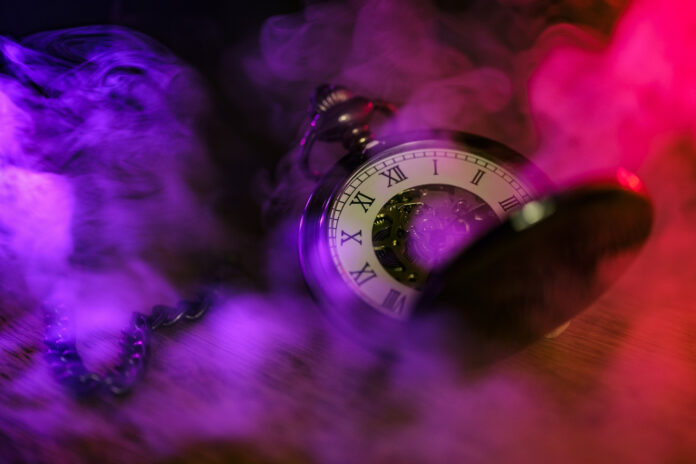In a post on Writer Unboxed, Donald Maass identifies traits that make timeless fiction timeless, even as tastes and social mores change. This kind of change is inevitable, so it’s pointless to worry about it, Maass says. On the other hand, he acknowledges that most writers also wish to outlast their times. The solution, he says, is people.
“Timeless characters exemplify and elevate some aspect of what makes us human,” Maass writes. “They are heightened. Timeless characters have one notable quality. Or, they exemplify some way in which we wish to be. Or, they experience what we dream about or fear the most. Or, they are subject to social forces. Or, they pointedly illustrate the human condition.”
Timeless characters represent us but are also larger than us. They take fantastic journeys, they struggle, and they win. Their lives have meaning. They leave a mark, even if that mark is upon us and not on their story world. “Timeless stories soar above the ordinary to show us what is extraordinary; most especially, how we humans are, what we can become, and what we are capable of,” Maass writes. “The greatest characters in literature, classic and contemporary, embody our highest aspirations, greatest goods and our deepest darknesses. They are us, but more so.”
Who are some of these timeless characters?
They are characters who embody some element of the human condition, such Oliver Twist, Romeo & Juliet, Charlie Brown, Captain Ahab, Atticus Finch, Scarlet O’Hara, Holly Golightly, and many others. They are people we long to be, like Sherlock Holmes, Perry Mason, Jo March, Lestat or even Cinderella. They embody our fears, like Richard Kimble, Raskolnikov, Randle McMurphy, and Scrooge. They represent social forces, like Jay Gatsby, Hester Prynne, Offred, Anna Karenina, Lady Chatterly, or George Smiley. They embody big questions, such as Winston Smith, Celie, or Jason Bourne.
“Timeless characters don’t arise by accident,” Maass says. “They are written one word at a time but authors for whom those characters have a purpose.” But how can you create such a character?
Maass suggests asking important questions about your main character and your work, including these:
- What is the one fundamental trait, value or quality that most defines your protagonist? Reduce it to one word. “That is your character note,” he says. “That is all of us.”
- “What is the biggest, most glaring way in which this human could act which would be an unmissable demonstration of that trait, value or quality?” Maass asks. Ask what your protagonist is known for and what she’ll be remembered for.
- What are the temporary benefits and permanent consequences of this action? Who admires your hero and who wants to destroy him? Does that behavior change the status quo? Which of your other characters will never change or never be the same?
- What dreams and aspirations does your protagonist have?
- What is the biggest, riskiest way your protagonist could pursue that dream? Who would help and who would hinder? What is the greatest obstacle?
- What does your hero fear? What brings him shame or humiliation? What personal failure would be too painful to imagine?
This doesn’t mean that your hero needs to be a cartoon character or an exaggeration, but she should do extraordinary things while retaining her humanity. “Do we want to read about characters who could be anyone, who do what anyone could do, or whose woes and stories are really no different than the woes and stories of our neighbors, our families or ourselves?” Maass writes. “If there’s one truth which we can assert about great storytelling it’s that timeless characters are not ordinary.”












